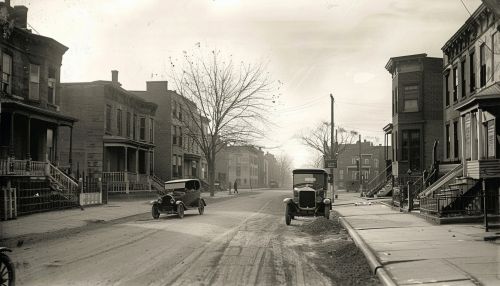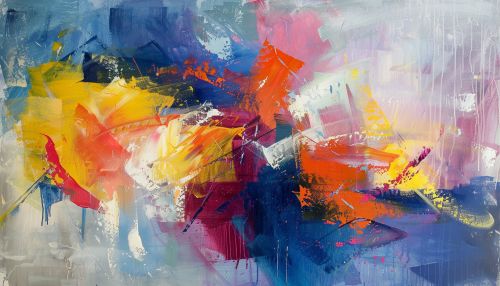Clement Greenberg
Early Life and Education
Clement Greenberg was born on January 16, 1909, in the Bronx, New York City. His parents were first-generation Jewish Lithuanian immigrants who had moved to New York from Vilnius, Lithuania. Greenberg was the eldest of three siblings. He attended high school in Brooklyn, and in 1926, he enrolled at Syracuse University, where he studied literature and philosophy.


Career
After graduating from Syracuse University in 1930, Greenberg moved back to New York City and began working for the government as a translator during the Great Depression. However, his passion for art and literature led him to start writing essays and reviews for the Partisan Review, an influential literary and cultural magazine. His first major essay, "Avant-Garde and Kitsch," was published in 1939, and it established him as a significant voice in the art world.
Art Criticism
Greenberg is best known for his work as an art critic. He championed a pure form of art that he believed was represented best by the Abstract Expressionist movement. He argued that the best art was that which was able to draw attention to its own unique qualities rather than trying to represent an object or scene. This idea was a significant departure from the traditional view of art as a representation of reality.
Influence and Legacy
Greenberg's ideas had a profound impact on the art world, particularly in the United States. His promotion of Abstract Expressionism helped to establish it as a major art movement. His theories also influenced many artists, including Jackson Pollock, Willem de Kooning, and Helen Frankenthaler. Despite some criticism, his ideas continue to influence discussions about art and aesthetics.


Later Life and Death
In his later years, Greenberg continued to write and lecture about art. He also served as an advisor to several major art collectors. He died on May 7, 1994, in New York City.
